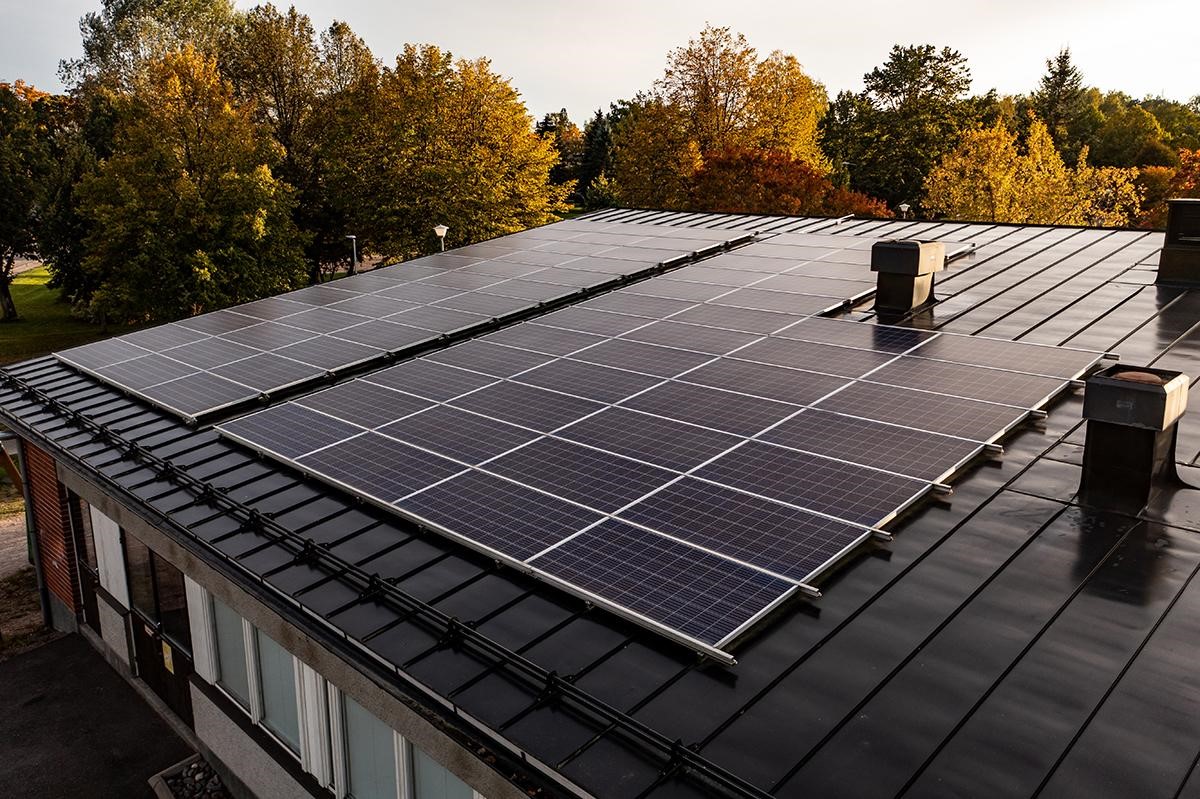The harnessing of solar energy through photovoltaic (PV) panels has emerged as a cornerstone of the global transition toward sustainable and renewable energy sources. However, to maximize the efficiency and effectiveness of Sacramento solar panels, careful consideration must be given to their placement and orientation.
In this article, we’ll explore how solar panel arrangement can ensure the efficient conversion of sunlight into electricity in Sacramento.
Factors Influencing Solar Panel Placement
Solar Exposure
The most fundamental factor affecting solar panel placement is exposure to sunlight. Panels should be installed in locations with ample sunlight throughout the day, and as little shade as possible from neighboring structures, trees or other obstructions.
- Sunlight availability: The amount of sunlight a panel receives directly impacts its energy production. Installing panels in locations with abundant sunlight ensures higher solar energy production, making the system more efficient and cost-effective over its lifetime.
- All-day exposure: For optimal energy generation, solar panels should be exposed to sunlight for as much of the day as possible. This means choosing locations where the panels can absorb light from sunrise to sunset, maximizing their potential.
- Reduced shading: Shading is a significant concern for solar panels. Even a tiny bit of shade on a solar panel can lead to a substantial decrease in its electricity production. Shading may occur from nearby buildings, trees, chimneys, or other obstructions. Therefore, it is important to place solar panels in areas where shading is minimal or nonexistent.
- Energy efficiency: Solar panels operate most efficiently when they are uniformly illuminated. Shadows on panels can create “hot spots” where the cells overheat, leading to reduced efficiency and potential damage. By minimizing shading, panels can maintain a more consistent temperature and operate at peak efficiency.
- Avoid energy loss: Shaded panels not only produce less energy but can also draw power from the rest of the array, leading to energy loss. Solar inverters are designed to optimize the overall output of the system, but if multiple panels are consistently shaded, it can negatively impact the entire array’s performance.
A site analysis to determine solar exposure is a crucial initial step. It provides valuable information that guides the placement, orientation and design of the system, ultimately leading to higher solar power generation and better financial returns.
Latitude and Climate
The latitude of the installation site plays a pivotal role in determining the optimal tilt angle for solar panels. Local climate conditions, including snowfall and rainfall patterns, also influence tilt angles to ensure self-cleaning and prevent snow accumulation.
Roof Orientation and Pitch
For residential installations, roof orientation significantly impacts solar panel placement. In Sacramento, a south-facing roof receives the most sunlight throughout the day, making it the best direction for solar panel installation. Other viable options in terms of direction for solar panels are east or west, albeit with slightly reduced efficiency for east or west facing panels.
The pitch or slope of a roof can also impact the positioning and alignment of solar panels. Panels are typically installed parallel to the roof’s slope, but racking systems can be used to achieve the desired angle.
Aesthetics and Regulations
While rooftop solar systems have their benefits, solar panels installed on the ground have advantages as well. The installation of ground-mounted solar panels facing the optimal direction and at the ideal tilt angle for maximum sun exposure is actually preferred. This flexibility can result in improved energy production.
Aesthetic considerations and local regulations may limit the placement and orientation of solar panels. Homeowners and businesses should be aware of these constraints and find a balance between efficiency and visual appeal.
Factors Influencing Solar Panel Orientation
Tilt Angle
The solar panel tilt angle is a critical determinant of their orientation. The solar panel angle at which the system is installed should take full advantage of the sun’s rays throughout the year. This is typically achieved by calculating the latitude-specific optimum tilt angle or using tracking systems that follow the sun’s path.
Azimuth
Azimuth refers to the compass direction to which solar panels are oriented. In Sacramento, south-facing solar panels generally receive the most sunlight. But the best solar production may not be at 180 degrees for every system. South facing panels can deviate somewhat in azimuth angles to optimize energy production based on local conditions.
Tracking Systems
Solar tracking systems are engineered to track the sun’s movement throughout the day, making continuous adjustments to both the tilt angle and azimuth to maintain maximum efficiency. While these systems can significantly increase energy production, they are more complex and costly.
Solar panel placement and orientation are critical factors that can significantly impact the efficiency and energy output of a photovoltaic system. Careful consideration of these factors can mean the difference between a system that merely meets energy needs and one that exceeds them, maximizing the return on investment for homeowners and businesses.
Contact Aztec Solar for a Sacramento Solar Power System Site Analysis
Aztec Solar is a trusted and experienced provider of solar energy solutions in Sacramento and beyond. Our expertise in solar technology and installation allows us to provide you with a comprehensive site analysis.
By reaching out to Aztec Solar, you’ll receive a detailed assessment of your property’s solar potential, including factors like solar exposure, shading analysis and optimal panel placement. This invaluable information enables homeowners to make informed decisions about the feasibility and design of a solar energy system, ensuring maximum energy generation, efficiency and long-term savings.
With our commitment to quality and customer satisfaction, you can embark on your solar journey with confidence, knowing you have a reliable partner to guide you toward a sustainable and cost-effective energy solution. Contact us today.



Recent Comments